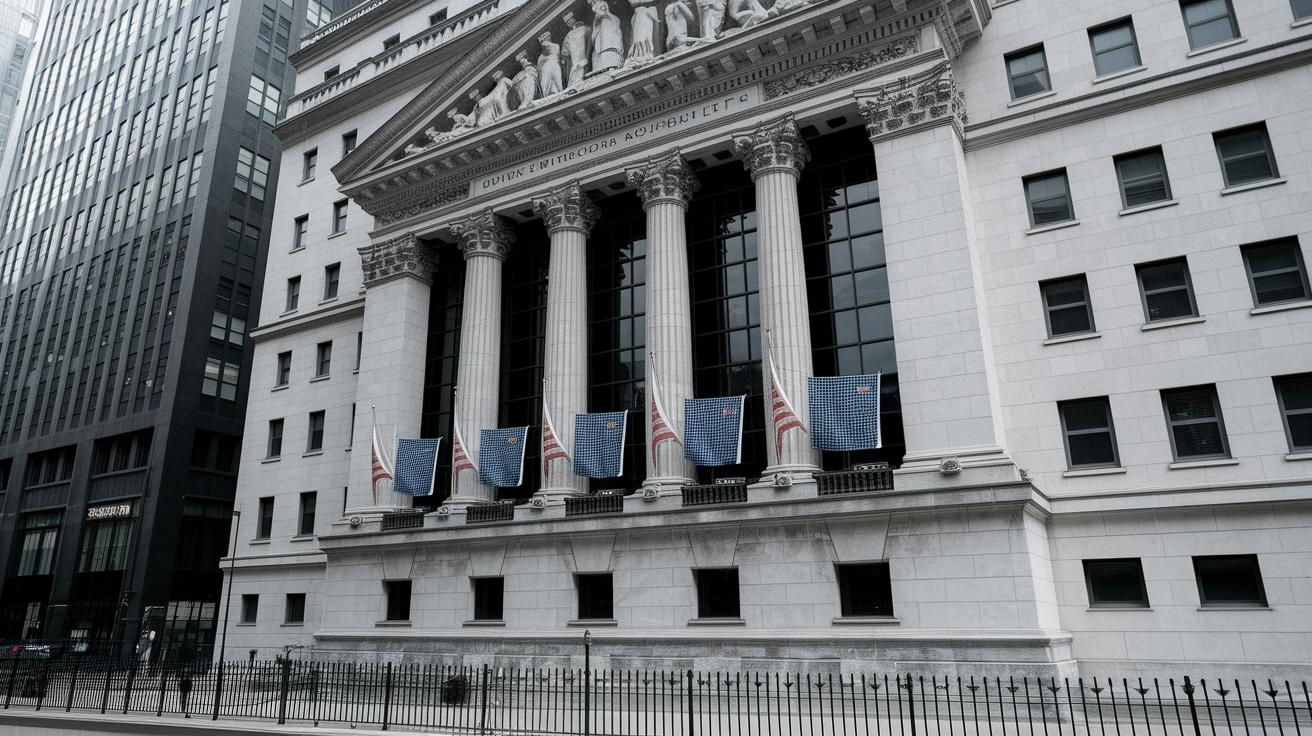The Intricacies of Dow Jones Stock Markets
The Dow Jones Stock Markets have long been a barometer for economic performance in the United States and beyond. This article delves into the history and significance of the Dow Jones Industrial Average (DJIA), explores the factors influencing its fluctuations, and considers its impacts on global markets. We’ll also discuss the investment opportunities it presents and speculates on future trends. Our analysis aims to provide a nuanced understanding of this key financial index, offering insights for both seasoned investors and curious newcomers alike.
History and Composition of the Dow Jones Industrial Average
The Dow Jones Industrial Average, commonly referred to as the DJIA or simply the Dow, was established in 1896 by Charles Dow and Edward Jones. It is one of the oldest and most recognized stock market indices in the world. Initially, the Dow consisted of just 12 companies, primarily in the industrial sector, reflecting the economic landscape of the late 19th century. Over time, the index has expanded to include 30 prominent companies across various sectors, such as technology, finance, and consumer goods.
The composition of the Dow is periodically reviewed and adjusted to represent the evolving landscape of the U.S. economy better. Companies may be added or removed based on factors such as market capitalization, influence in their sector, and overall performance. Despite these changes, the core principle remains the same: to provide a snapshot of the American economy’s health by tracking the stock performance of leading companies.
Factors Influencing the Dow’s Fluctuations
Numerous factors influence the Dow’s daily, monthly, and yearly fluctuations. One significant factor is economic data releases, such as employment numbers, manufacturing output, and consumer spending reports. These measures, which indicate the health of the economy, can lead to substantial swings in the DJIA as investors react to the news, adjusting their expectations for corporate profitability.
Another major influence is monetary policy, particularly actions taken by the Federal Reserve. Changes in interest rates can affect borrowing costs for businesses and consumers alike, impacting corporate earnings and thus stock prices. Additionally, geopolitical events, international trade policies, and changes in consumer trends also play a crucial role in shaping the Dow’s movements as investors navigate the complexities of a globally interconnected market.
The Impact on Global Markets
The Dow Jones Industrial Average holds a significant position in global markets. As one of the most watched indices, it often sets the tone for international markets. When the Dow experiences substantial gains or losses, it can trigger similar movements in markets across Asia, Europe, and beyond, reflecting the interconnected nature of today’s global economy.
Moreover, many international investors look to the DJIA as an indicator of investment sentiment in the United States, which remains one of the world’s largest economies. This global influence means that shifts in the Dow can have far-reaching implications, affecting everything from currency values to interest rates and even economic policy decisions by other nations.
Investment Opportunities and Strategies
Investing in the Dow offers numerous opportunities for both individual and institutional investors. Some opt to invest directly in the companies that comprise the DJIA, while others may choose index funds or exchange-traded funds (ETFs) that aim to replicate the performance of the Dow. These investment vehicles offer diversification across multiple sectors and can provide a stable foundation in an investment portfolio.
Investors often use the Dow as a benchmark to measure their portfolio’s performance against the broader market. Various strategies, such as buy-and-hold, dividend investing, and tactical asset allocation, are employed to leverage the intricacies of the DJIA. Each approach has its merits and risks, requiring investors to assess their risk tolerance and financial goals before committing capital.
Future Prospects of the Dow Jones Industrial Average
Looking ahead, the Dow Jones Industrial Average is expected to continue serving as a crucial indicator of economic health and market trends. With technological innovation rapidly reshaping industries, the composition of the DJIA may see further diversification to include emerging sectors. This evolution will likely offer new investment avenues and challenges as the global economy adapts to technological advancements and changing consumer preferences.
Moreover, sustainability and social responsibility concerns are increasingly becoming integral to corporate evaluations. As companies adapt to these priorities, the Dow may reflect these shifts, highlighting businesses that balance profitability with environmental and social governance (ESG) considerations. As investors monitor these evolving trends, the Dow will continue to be a significant player in global finance.
Summary of Key Points
| Section | Key Points |
|---|---|
| History and Composition | Established in 1896, includes 30 significant companies, reflects U.S. economic health. |
| Factors Influencing Fluctuations | Economic data, monetary policy, geopolitical events, and market trends. |
| Impact on Global Markets | Global influence, sets trends for international markets, affects global economic policies. |
| Investment Opportunities | Index funds, direct investment, diversification strategies, benchmark for performance. |
| Future Prospects | Innovation, sector diversification, sustainability concerns, ESG considerations. |
